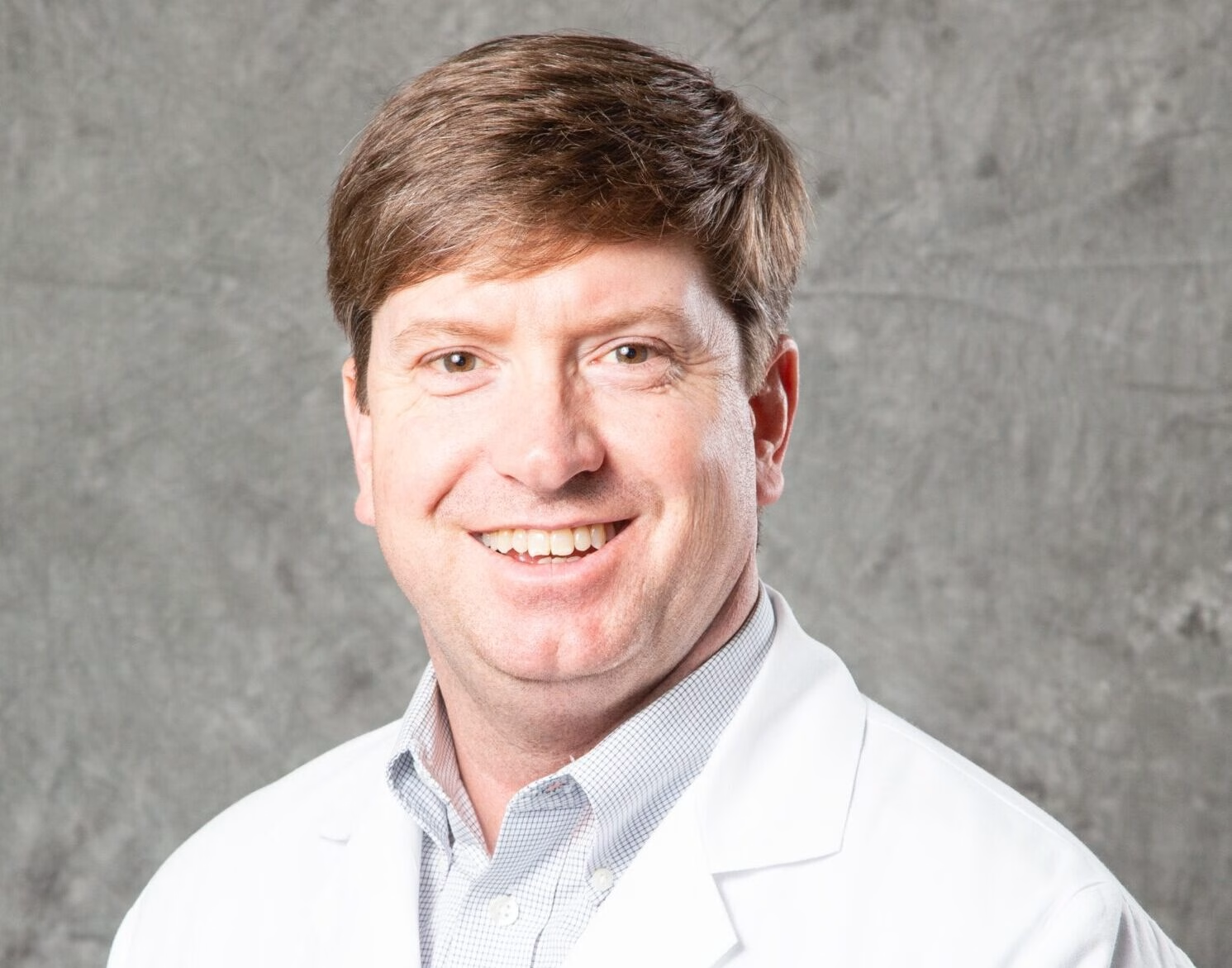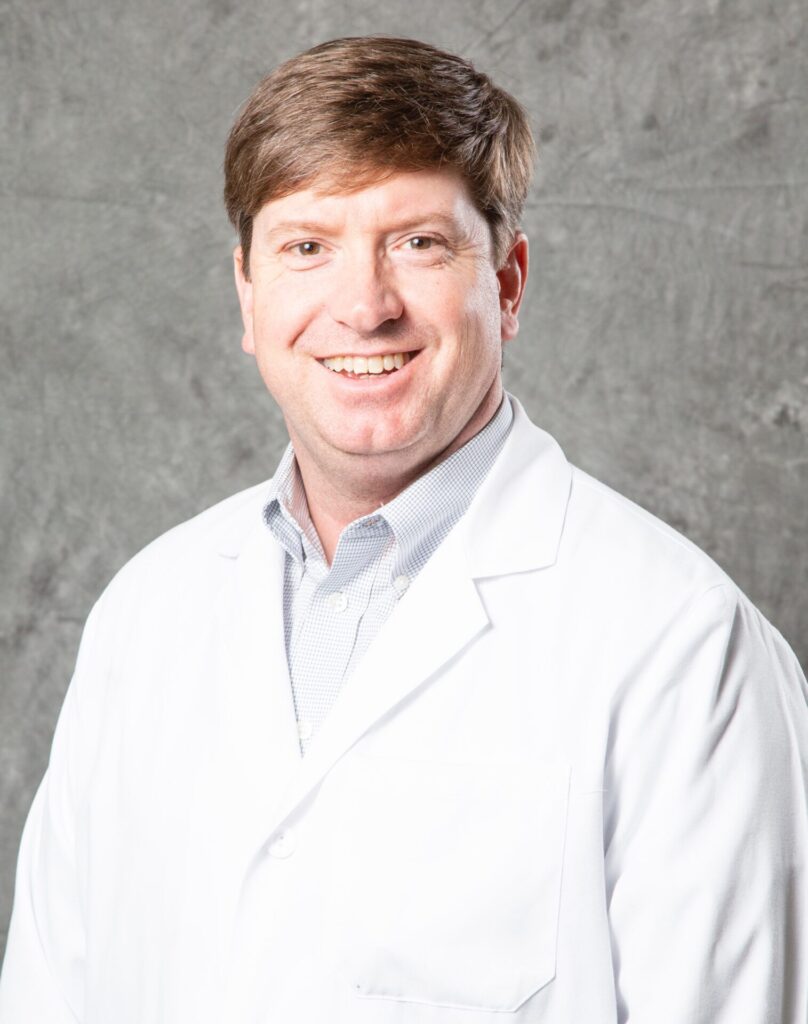By Dr. Stephen Pannel
Special to Hotty Toddy News
The statistics around suicide are staggering: 1 of every 100 deaths globally are because of suicide.
It is the second leading cause of death for Americans between the ages of 10 and 34. And for every suicide death in people over 18, there are another 275 individuals who seriously consider it.
Among minorities and often marginalized communities such as LGBTQ youth, these numbers are even higher. For example, between 2010 and 2020, the suicide rate among Hispanic adults increased by more than 70%, according to research recently published in the Journal of Community Health.
Research released this year from the Trevor Project found that 18% of LGBTQ youth ages 13-17 attempted suicide. That is more than twice the rate of suicide attempts among all teens.
Despite reports that the number of deaths by suicide decreased slightly during the COVID-19 pandemic, instability with school and work and a lack of essential social interaction — all key mental health stressors — increased significantly. At the same time, substance abuse, which heightens the risk of suicide and suicidal ideation, also rose during the pandemic. It’s safe to say we don’t yet fully understand the effect the last two years have had on mental health.
To make any meaningful change with this national health crisis, we must prioritize mental health the way we do physical health. That starts by making screening for depression and suicidal ideation screening a part of primary care visits.
From there, we must address the growing gap in the behavioral health field. Even as demand increases for mental health services, in many parts of the country there is still a lack of providers. More than 150 million Americans live in federally designated mental health professional shortage areas.
Here in Mississippi, every county except for Hinds and Rankin is currently designated a Health Professional Shortage Area for mental health providers. This challenge will only be exacerbated by an expected contraction in the psychiatry workforce.
Finally, we need to continue to increase education and awareness around the warning signs of suicide.
While there is no one standard set of behaviors for an individual experiencing suicidal ideations, there are signs that will alert you that your friend or loved one may need help. These signs include expressing hopelessness about the future, displaying severe emotional distress, withdrawal from social connections, changes in sleep and increased agitation.
It’s also important that when individuals do step in to help, they know what to do or where to turn. The new 988 Suicide and Crisis Lifeline, for example, provides 24/7 free and confidential access to trained counselors who can help people struggling with suicidal thoughts, substance abuse or another mental health crises. People can also use the line if they are worried about a loved one who may need support.
In August — the line’s first full month in operation — 988 answered 216,000 calls for help. That’s a 50% increase compared to the old 10-digit suicide prevention line.
This promising news illustrates how increasing access to support can help individuals in crisis—and save their lives. It also shows that this national crisis can be solved. By prioritizing mental health, increasing access to care and educating individuals about suicide prevention, we can turn things around.
Dr. Stephen Pannel is chief medical officer with Right Track Medical Group.


